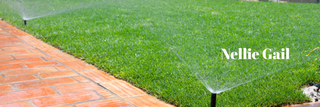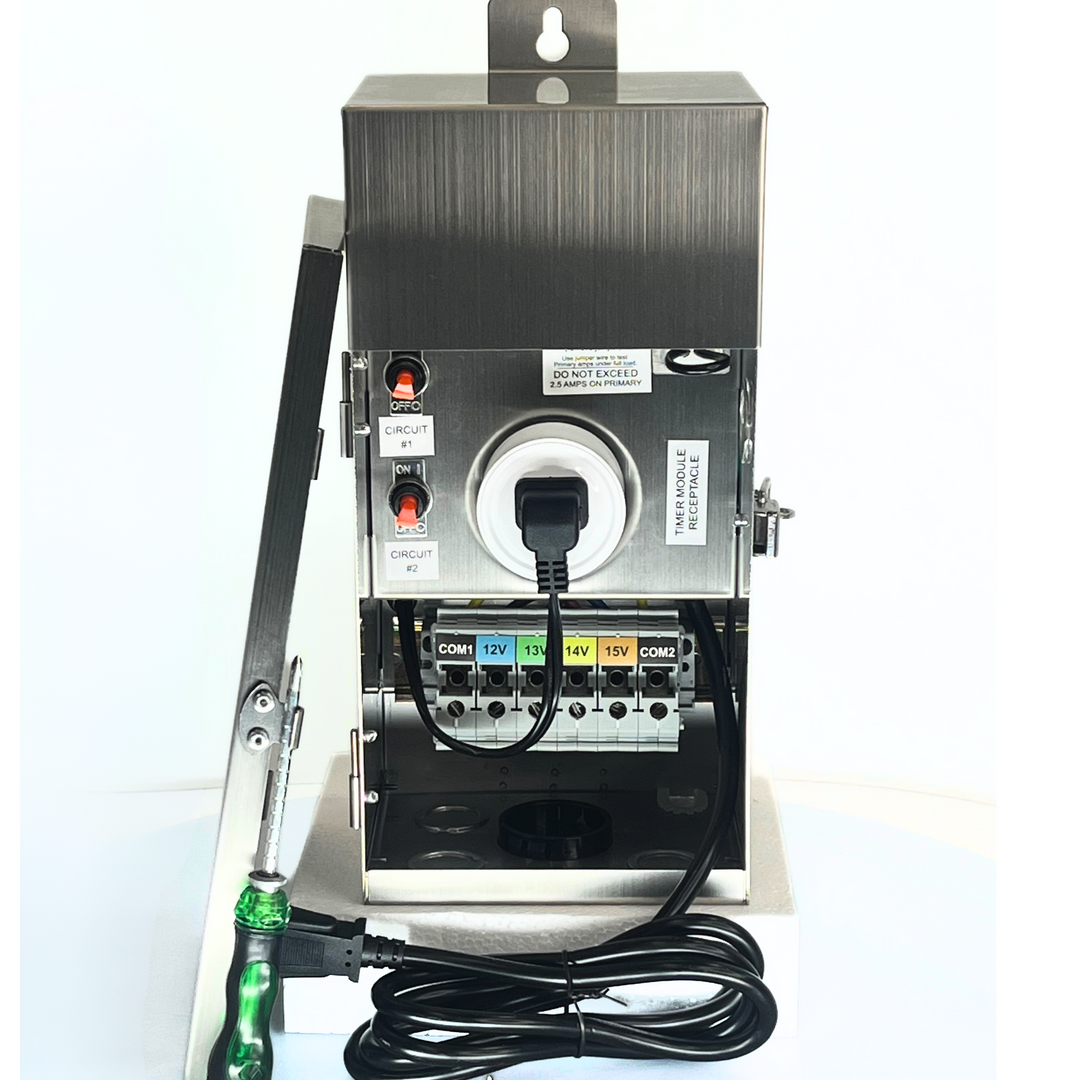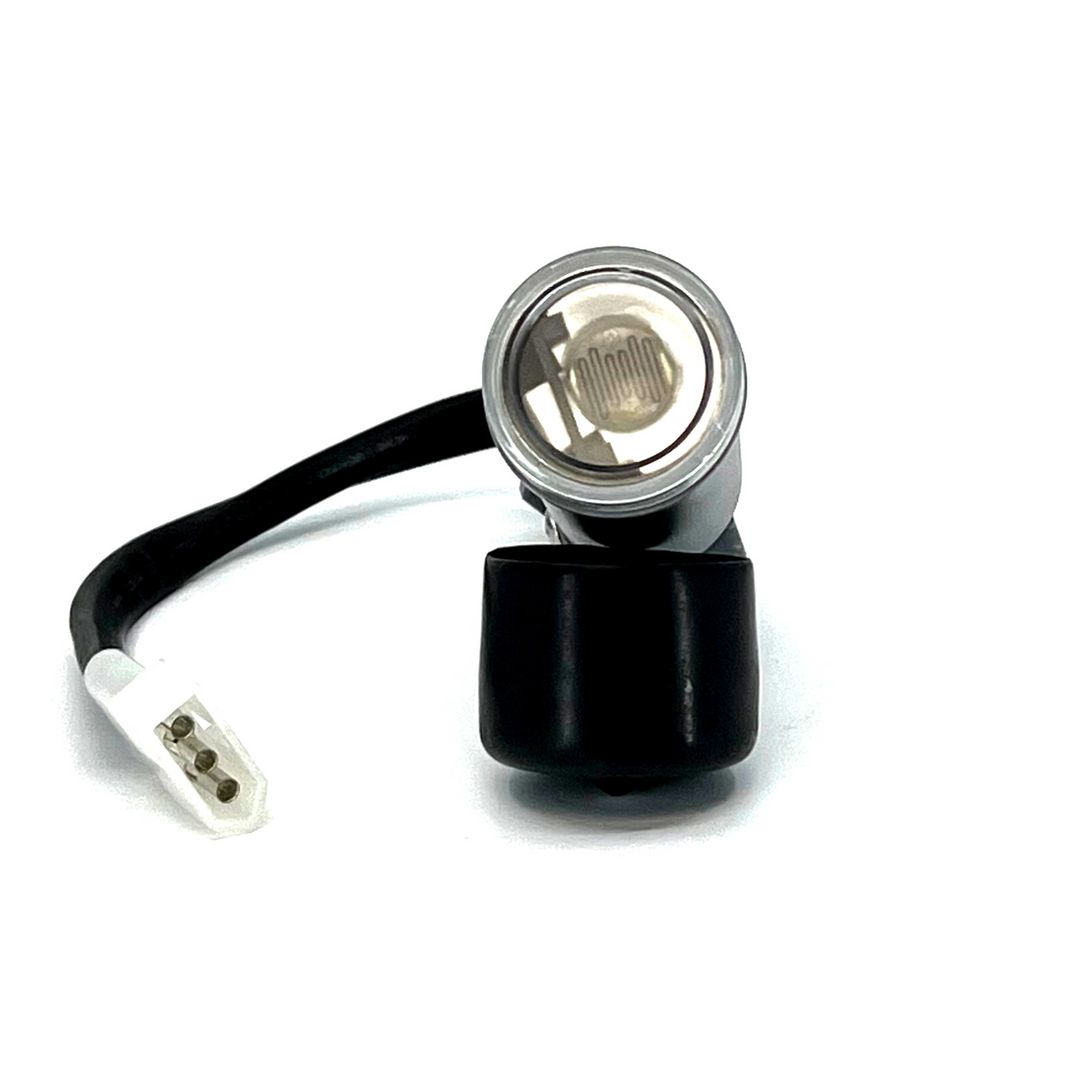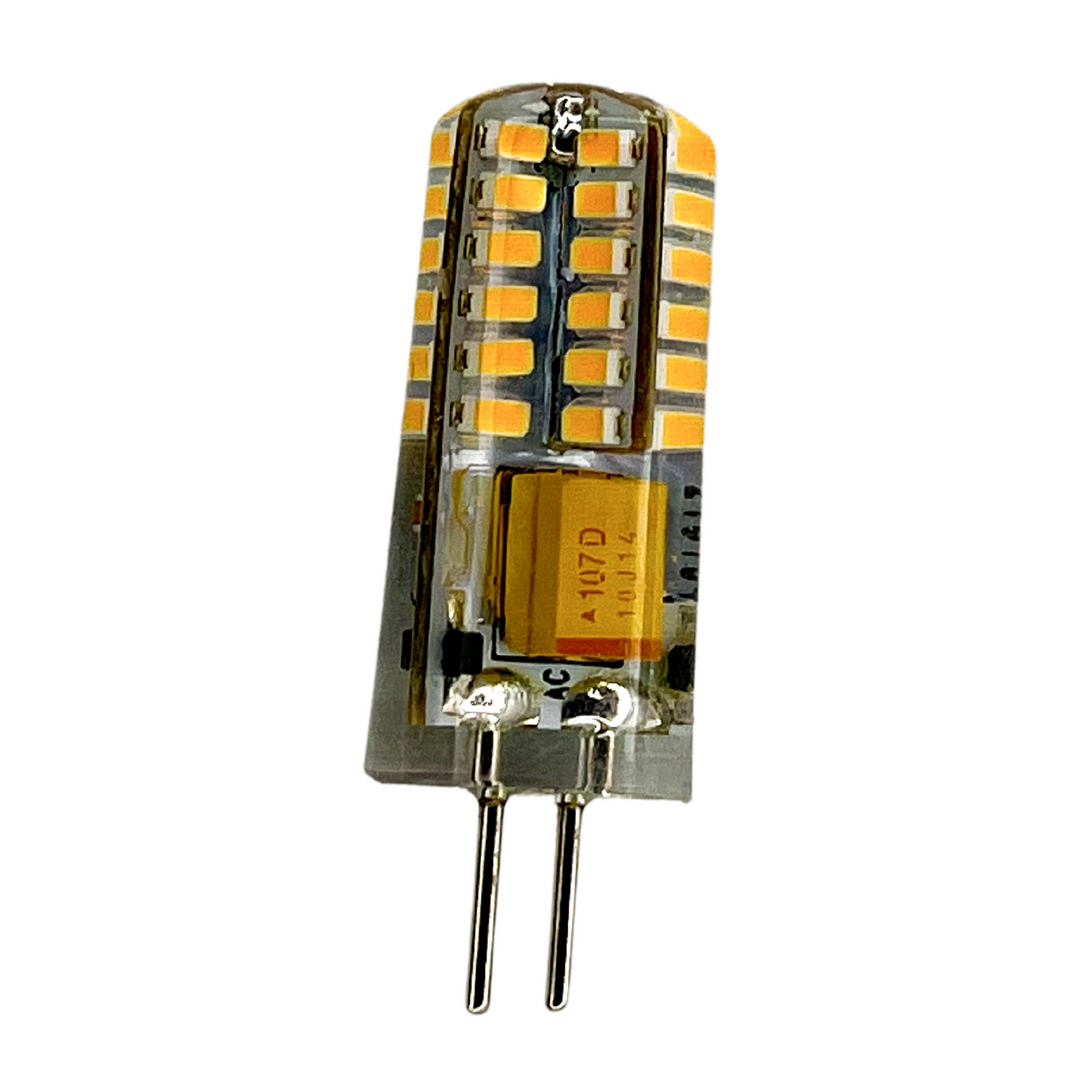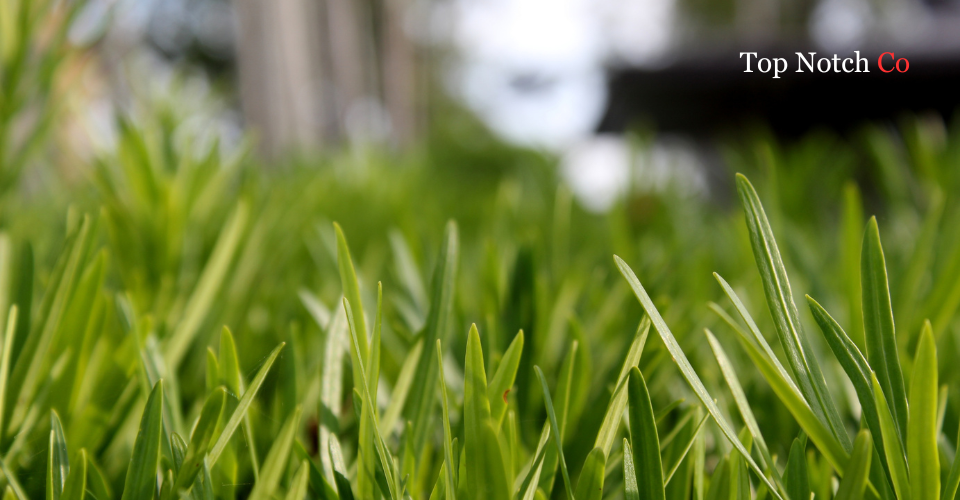
Spray No More: The Ultimate Guide to Garden Sprinkler Repair
|
|
Time to read 6 min
Imagine stepping into your garden, expecting to be greeted by a verdant oasis, only to find patches of brown grass and wilted flowers. This disappointing sight is often the result of a malfunctioning garden sprinkler system. Whether it's due to clogged nozzles, leaky pipes, or electrical malfunctions, sprinkler issues can turn a flourishing garden into a landscape of despair. But fear not, as the ability to diagnose and repair these issues yourself can transform your gardening experience.
This guide is more than just a set of instructions; it's a journey towards empowerment. By mastering the art of sprinkler repair, you not only ensure the vitality of your garden but also embrace a sustainable approach to gardening. The knowledge you'll gain will equip you with the skills to maintain a lush, healthy garden, reduce water waste, and save on costly professional repair services. So, let's embark on this journey together, turning sprinkler woes into watering wins, and restoring the health and beauty of your garden oasis.
Garden Sprinkler Repair: Understanding Your Sprinkler System
Embarking on the path to efficient garden maintenance requires a foundational understanding of your sprinkler system. Think of your sprinkler system as the garden's circulatory system, with each component playing a crucial role in delivering life-sustaining water to your plants. At its core, the system comprises several key elements:
• Sprinkler Heads: These are the endpoints where water is distributed across your garden. They come in various types, each designed for specific watering needs, from misting delicate flowers to soaking deep-rooted shrubs.
• Valves: Acting as regulators, valves control the flow of water to different zones of your garden. They open to allow water through and close to halt the flow, ensuring each area receives the right amount of water at the right time.
• Pipes: Serving as the arteries of the system, pipes transport water from the source to the sprinkler heads. Their layout and condition are vital for efficient water distribution and pressure management.
• Controller: The brain of the operation, the controller, allows you to set watering schedules and durations. Modern controllers can even adjust watering based on weather conditions, further optimizing water usage.
• Sensors: Rain and soil moisture sensors add a layer of intelligence to your system, preventing overwatering by adjusting the schedule based on actual needs.
Understanding these components and their interplay is the first step in troubleshooting and repairing your sprinkler system. Each part, no matter how small, can impact the system's overall efficiency and, consequently, the health of your garden. Regular checks and maintenance of these components can prevent many common issues and extend the lifespan of your sprinkler system, ensuring your garden remains a thriving oasis.
Common Sprinkler System Problems and Solutions
A well-maintained system is key to a thriving garden, but even the most diligently cared-for systems can encounter issues. Understanding these common problems and their solutions can help you keep your garden's lifeline flowing smoothly.
Clogged Nozzles and Sprinkler Heads
Problem: Over time, dirt, sand, and debris can clog sprinkler nozzles and heads, leading to poor water distribution, uneven coverage, or complete blockage.
Solution: Regularly inspect and clean the nozzles and heads. For minor clogs, a simple rinse under water may suffice. For more stubborn blockages, use a small wire or needle to gently clear the nozzle holes. Prevent future clogs by installing filters in the system and maintaining clean garden beds around the sprinkler heads.
Leaky Pipes and Valves
Problem: Leaks in the system, often caused by wear and tear, freezing damage, or root intrusion, can lead to water waste and reduced system efficiency.
Solution: Identify the leak source by checking for unusually wet areas or reduced pressure in parts of the system. Small leaks in pipes can sometimes be repaired with waterproof tape or compounds, but larger issues may require pipe replacement. For leaky valves, cleaning or replacing the diaphragm inside the valve can often restore functionality.
Electrical Issues and Solenoid Replacement
Problem: Electrical problems can manifest as zones not turning on, sprinklers not shutting off, or inconsistent watering patterns, often due to faulty solenoids.
Solution: Test the solenoid with a multimeter for electrical continuity. If defective, turn off the water and power supply before carefully disconnecting and replacing the solenoid. Ensure all wire connections are secure and waterproof.
Pressure Problems and Water Coverage
Problem: Low or high water pressure can cause poor coverage, misting, or even damage to the sprinkler heads.
Solution: For low pressure, check for leaks or clogs in the system that may be restricting flow. Adjusting the system's pressure regulator can resolve high-pressure issues. Ensure sprinkler heads are correctly adjusted for optimal coverage without overspray.
System Won't Turn On
Problem: A system that won't activate could be due to electrical issues, controller malfunctions, or a main water supply problem.
Solution: Verify that the controller has power and is correctly programmed. Check the main water valve to ensure it's open. Inspect electrical connections for corrosion or damage, and consider replacing the controller's backup battery.
By tackling these common issues with informed solutions, you can maintain an efficient and effective sprinkler system, ensuring your garden receives the care it needs. Remember, preventive maintenance is the best strategy to minimize disruptions and keep your garden flourishing.
Practical tips about sprinkler systems:
2. Sprinkler Head Placement and Coverage: Proper placement of sprinkler heads is essential for uniform water distribution. Ensure that the spray from each sprinkler head overlaps the area covered by adjacent heads, a design principle known as "head-to-head coverage." This method prevents dry spots in your lawn or garden and promotes even growth across all areas.
3. Use of Rain Sensors: Installing a rain sensor in your garden sprinkler system can significantly improve water efficiency. Rain sensors automatically halt scheduled watering during and after rainfall, ensuring that your garden is not overwatered. This not only conserves water but also prevents waterlogging, which can stress plants and lead to poor root development.
DIY Repairs: Empowerment Through Learning
DIY vs. Professional Repairs
When a sprinkler system malfunctions, the decision between DIY repairs and hiring a professional can be pivotal. Both paths have their merits, and the right choice often depends on the complexity of the issue, your comfort level with home repair tasks, and the potential cost implications.
Advantages:
• Cost Savings: Handling repairs yourself can significantly reduce costs, especially for minor issues like cleaning clogged nozzles or adjusting sprinkler heads.
• Immediate Action: DIY allows you to address problems as soon as they arise, without waiting for a professional's schedule to open up.
• Skill Building: Each repair task you undertake builds your skill set, making you more capable of handling future issues and understanding your sprinkler system better.
Considerations:
• Before diving into DIY repairs, assess the complexity of the problem. Is it a simple nozzle cleaning, or does it involve electrical troubleshooting?
• Ensure you have the necessary tools and parts. Many sprinkler system components are specialized and may not be readily available in standard toolkits.
• Safety first: Always turn off the water and power supply before attempting any repairs to avoid injury or further damage to the system.
Professional Repairs: Expertise and Assurance
Advantages:
• Expertise: Professionals bring a wealth of experience, ensuring repairs are done correctly and efficiently.
• Warranty: Many professionals offer warranties on their work, providing peace of mind and protection against future issues.
• Comprehensive Solutions: A professional can diagnose underlying issues that might not be apparent, preventing future problems.
Considerations:
• Professional services come at a cost, which can vary widely depending on the issue's complexity and the service provider's rates.
• Scheduling repairs may involve a wait, especially during peak seasons when professionals are in high demand.
Making the Decision: A Checklist
1. Assess the issue's complexity: Is it something you can confidently handle, or does it require specialized knowledge?
2. Consider the costs: Compare the cost of DIY (tools and parts) versus professional repair estimates.
3. Evaluate the time factor: How urgent is the repair? Can you afford to wait for a professional, or is immediate action needed?
4. Reflect on past experiences: Have your previous DIY repair attempts been successful, or would professional expertise be more reassuring this time?
Ultimately, the choice between DIY and professional repairs boils down to a balance between cost, time, confidence, and the nature of the issue at hand. Whichever path you choose, ensure it aligns with your priorities and leads to a functioning, efficient sprinkler system that keeps your garden thriving.
Our Recommendation
Final Thoughts
Maintaining a Sprinkler system is key to a vibrant garden. Regular checks and timely repairs can prevent most issues, but knowing when to seek professional help is equally important. By following this guide, you can ensure your garden's sprinkler system remains in top condition, supporting a lush, healthy landscape. Book Online Now and Get a FREE Quote!









